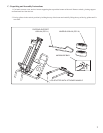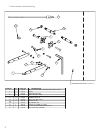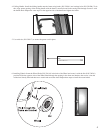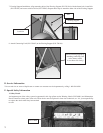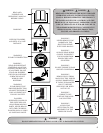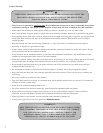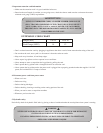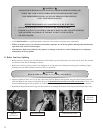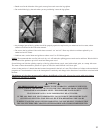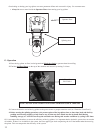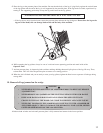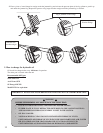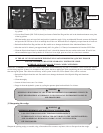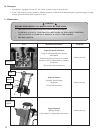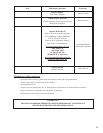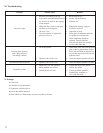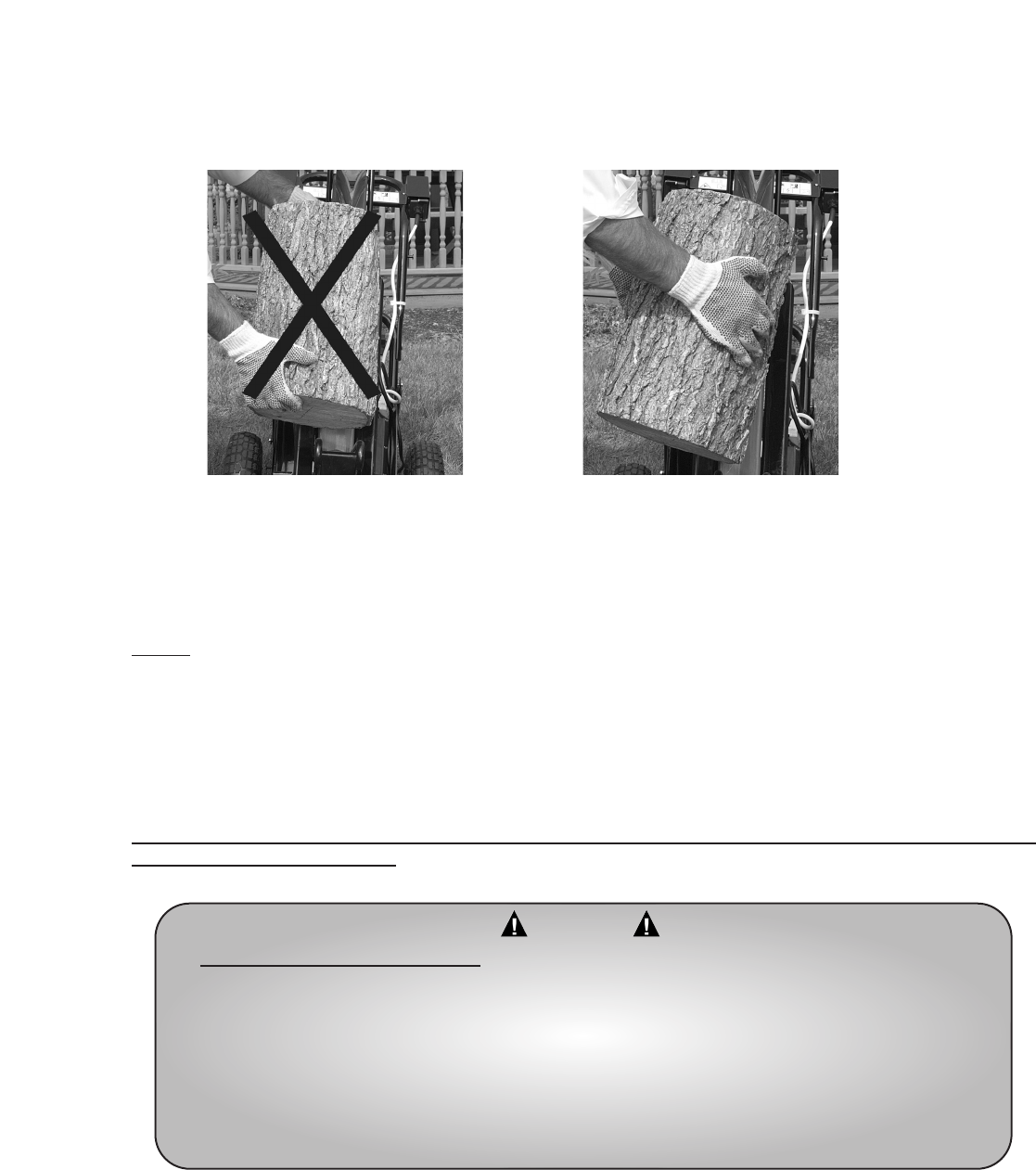
10
WARNING
THE PRESSURE RELIEF VALVE PROTECTS THE HYDRAULIC ASSEMBLY. WHEN THE
LOG IS JAMMED, THE RELIEF VALVE WILL PREVENT PRESSURE FROM GOING OVER
ITS MAXIMUM ALLOWABLE LEVEL. THE PRESSURE PLATE SLOWLY
TRAVELS DOWN AND CAN BE IMMEDIATELY RE-ACTIVATED.
IF THE LOG DOES NOT SPLIT IMMEDIATELY, DO NOT FORCE THE PRESSURE PLATE
OF THE LOG SPLITTER. STOP THE LOG SPLITTER, REPOSITION THE LOG BY
TURNING IT AND TRY AGAIN. IF THE WOOD STILL CAN NOT BE SPLIT, IT MEANS THAT
THE LOG EXCEEDS THE CAPACITY OF THE MACHINE AND IT SHOULD BE REJECTED.
• Break wood in the direction of the grain, never place wood across the log splitter.
• Do not hold the log by the ends when you are positioning it onto the log splitter.
• Any damaged part of the log splitter should be properly repaired or replaced by an authorized service center, unless
otherwise indicated in this instruction manual.
• Do not use the log splitter if the switch does not turn it ‘on’ and ‘off’. Have any defective switches replaced by an
authorized service center.
• Lubricate ram, vertical beam and guides to reduce wear. Use #2 Lithium grease.
NO
TE:
We recommend that wood be left to air dry, as it will make the splitting process much easier and faster. Wood which is
well seasoned also produces up to 44% more heat than green wood.
Several things can limit the splitting capacity of the log splitter: knotty wood, wood with twisted grain, or a stump with roots.
The more of these characteristics present in a piece of wood, the more difficult it will be to split.
A knot is that portion of a branch that has become incorporated in the bole of a tree. The influence of a knot on the mechanical
properties of a wood member is due to the interruption of continuity and change in the direction of wood fibers associated with
the knot.
The diameter of a log does not necessarily indicate the difficulty of the split. A larger log can be split easier than a
smaller log, if its fiber is straight.



